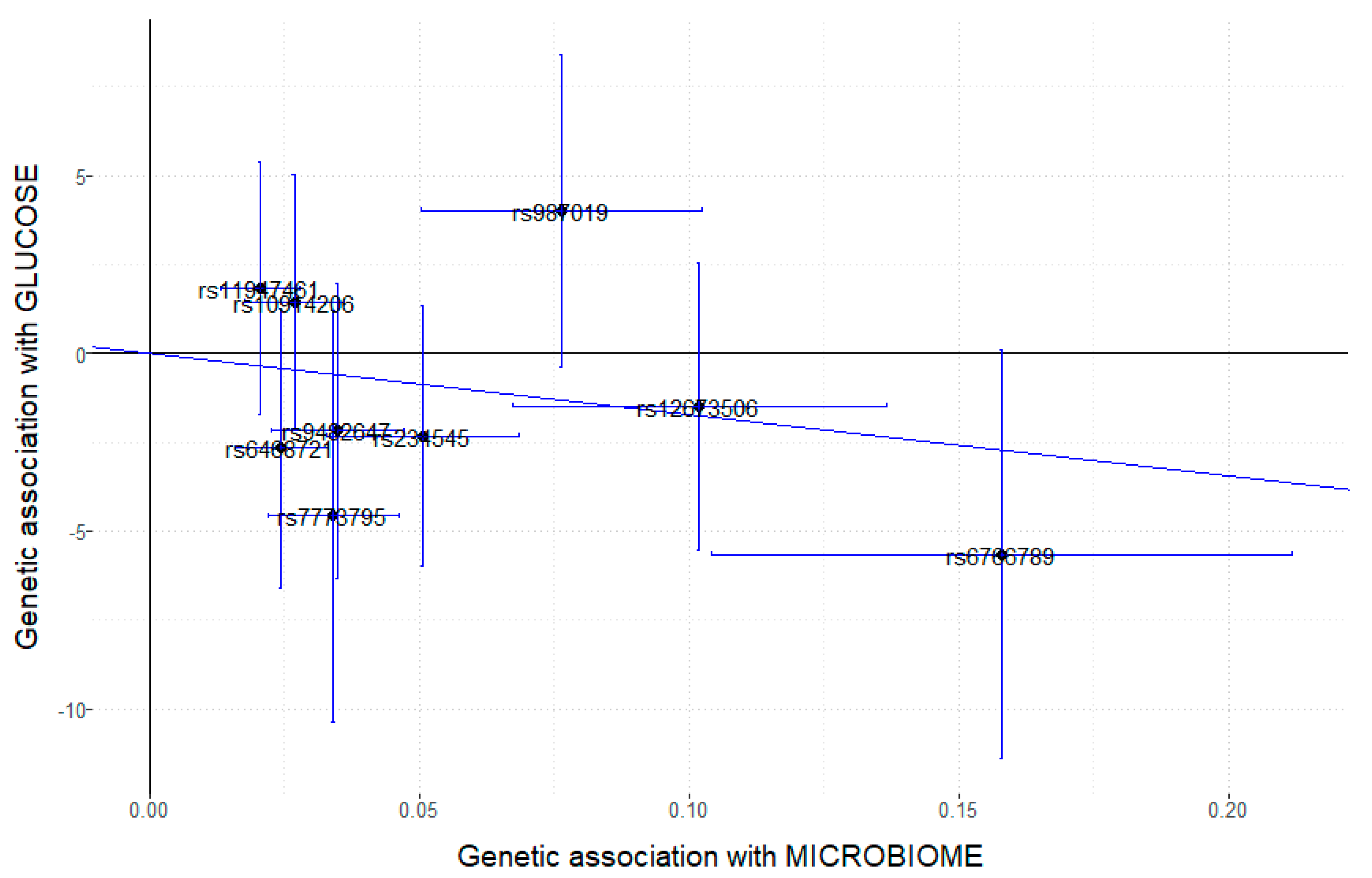

In statistical terms, it is inappropriate to say that there is correlation between x and y. For example, consider the equation y=2×2. To emphasise this point, a mathematical relationship does not necessarily mean that there is correlation. 3 Any other form of relationship between two continuous variables that is not linear is not correlation in statistical terms. If, on the other hand, the coefficient is a negative number, the variables are inversely related (i.e., as the value of one variable goes up, the value of the other tends to go down). If the coefficient is a positive number, the variables are directly related (i.e., as the value of one variable goes up, the value of the other also tends to do so). The stronger the correlation, the closer the correlation coefficient comes to ☑. The strength of relationship can be anywhere between −1 and +1. A correlation coefficient of zero indicates that no linear relationship exists between two continuous variables, and a correlation coefficient of −1 or +1 indicates a perfect linear relationship. It is a dimensionless quantity that takes a value in the range −1 to +1 3. 1 Correlation is measured by a statistic called the correlation coefficient, which represents the strength of the putative linear association between the variables in question.

In statistical terms, correlation is a method of assessing a possible two-way linear association between two continuous variables. Webster's Online Dictionary defines correlation as a reciprocal relation between two or more things a statistic representing how closely two variables co-vary it can vary from −1 (perfect negative correlation) through 0 (no correlation) to +1 (perfect positive correlation). Misuse of correlation is so common that some statisticians have wished that the method had never been devised. This broad colloquial definition sometimes leads to misuse of the statistical term “correlation” among scientists in research. Among scientific colleagues, the term correlation is used to refer to an association, connection, or any form of relationship, link or correspondence. The term correlation is sometimes used loosely in verbal communication. The relationship does not seem to be perfectly linear, i.e., the points do not fall on a straight line, but it does seem to follow a straight line moderately, with some variability.Definitions of correlation and clarifications As the height increases, weight tends to increase as well. The two variables seem to have a positive relationship. For example, the observation with a height of 66 inches and a weight of 200 pounds does not seem to follow the trend of the data. We say “in general” because it is not always the case. The scatterplot shows that, in general, as height increases, weight increases. We can create our scatterplot in Minitab following these steps. We can use Minitab to create the scatterplot. These coordinates are plotted on the x-y plane. For example, student 1 has coordinate (72,200).

The observations are then considered as coordinates \((x,y)\). We let \(X\) denote the height and \(Y\) denote the weight of the student. The data can be found here university_ht_wt.txt. Suppose we took a sample from students at a large university and asked them about their height and weight.
#NO ASSOCIATION SCATTER PLOT HOW TO#
In the next sections, we will show how to examine the data for a linear relationship (i.e., the scatterplot) and how to find a measure to describe the linear relationship (i.e., correlation).ĩ.1.1 - Scatterplots 9.1.1 - Scatterplots When we look for linear relationships between two variables, it is rarely the case where the coordinates fall exactly on a straight line there will be some error. If the slope is 0, then as one increases, the other remains constant. If the slope is negative, then there is a negative linear relationship, i.e., as one increases the other variable decreases. If the slope is positive, then there is a positive linear relationship, i.e., as one increases, the other increases. The slope of a line describes a lot about the linear relationship between two variables. Given two points on a line, \((x_1, y_1)\) and \((x_2, y_2)\), the slope is calculated by: Where m is the slope and b is the y-intercept. As mentioned before, the focus of this Lesson is linear relationships.įor a brief review of linear functions, recall that the equation of a line has the following form: To define a useful model, we must investigate the relationship between the response and the predictor variables.


 0 kommentar(er)
0 kommentar(er)
